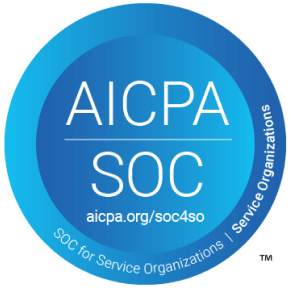Overwhelmed by the constant push to be customer-obsessed?
Mark Organ (Influitive), Jill Rowley (Stage 2 Capital), and Evan Huck (UserEvidence) dive deep into what it means to truly focus on the customer without losing sight of what’s best for your business. This episode explores the delicate balance between meeting customer demands and maintaining a healthy company culture.
What’s working in B2B SaaS:
UNDERSTANDING CUSTOMER NEEDS
Instead of simply following customer requests, deeply understand and anticipate their needs to deliver truly valuable solutions. Aligning product and service offerings with genuine customer problems can lead to innovative breakthroughs and stronger customer loyalty.
What’s not working in B2B SaaS:
BLINDLY FOLLOWING CUSTOMER DEMANDS
Prioritizing every customer request without consideration can lead to unsustainable practices and burnout. A balanced approach that also considers employee well-being and strategic business goals is essential for long-term success.
The key takeaways
- Customer obsession with balance: While being customer-centric is vital, it’s equally important to know when to set boundaries. Effective go-to-market strategies involve understanding and anticipating customer needs rather than blindly following every request. This balanced approach fosters a sustainable relationship with customers and ensures business health.
- Innovative pricing strategies: Companies that innovate in pricing and packaging often see significant growth. By aligning pricing models with customer value and needs, businesses can remove barriers to adoption and drive scale. This approach also involves transferring some cost and risk from the customer to the company, ensuring a win-win situation.
- Real customer stories: Integrating real customer stories and evidence into the sales process is crucial. Prospects trust peer experiences more than sales pitches, making customer evidence a powerful tool for building credibility and trust. This method enhances the buying experience and increases conversion rates.
- Employee-centric culture: Ensuring a healthy work environment for employees can lead to better customer experiences. By investing in employee well-being and empowerment, companies create a positive feedback loop that benefits both employees and customers.
- Strategic customer relationships: Not all customer feedback should be implemented. Knowing when to say no and maintaining strategic focus helps companies avoid unnecessary complexity and ensures that they deliver the most value. This approach highlights the importance of strategic decision-making in maintaining a customer-centric yet sustainable business model.
The things to listen for
[00:00] Intro
[01:28] Understanding customer needs instead of following requests blindly
[05:49] Balancing customer demands with strategic business goals
[08:06] The impact of employee well-being on customer experience
[11:16] Innovative pricing strategies for better customer alignment
[14:56] The power of real customer stories in building trust
[19:33] Knowing when to say no to customer feedback
[23:48] Aligning product development with genuine customer problems
[33:52] The importance of strategic decision-making in B2B SaaS
[39:20] How employee-centric cultures lead to better customer outcomes
[44:25] Creating a sustainable relationship with customers through balanced approaches

